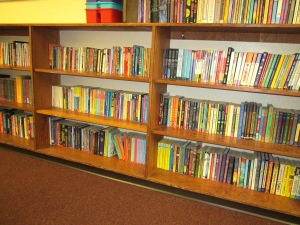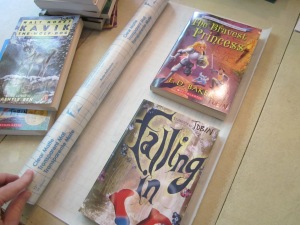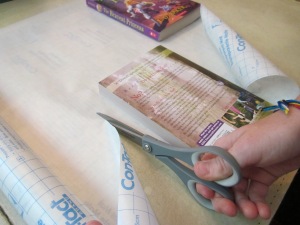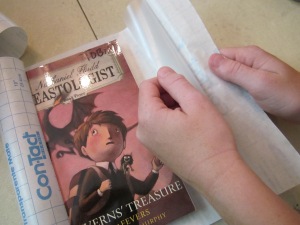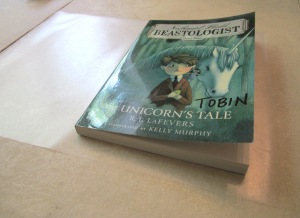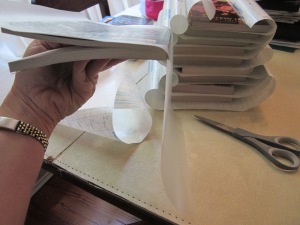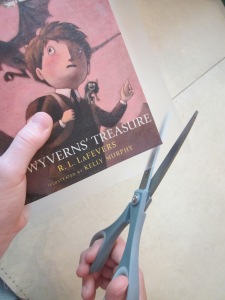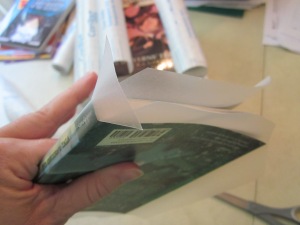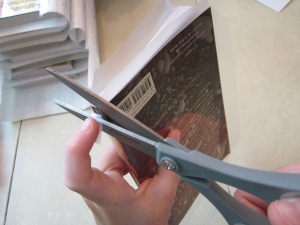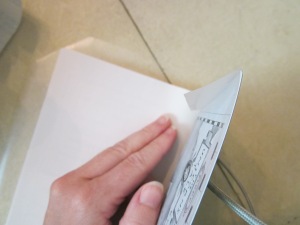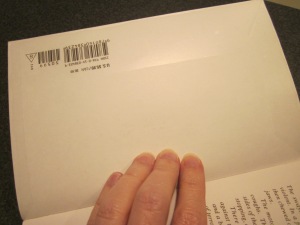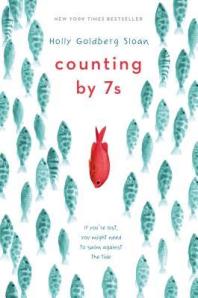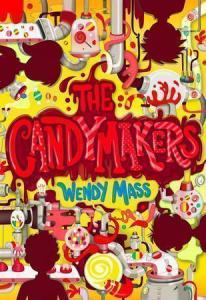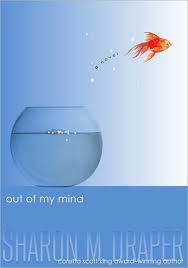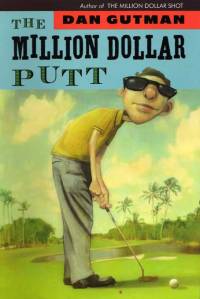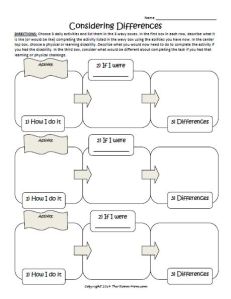I think many of us employ the same tricks to keep children reading during non-school months. Here are three suggestions I have to keep reading alive. What are ways you encourage reading during June, July, and August?
- Generate a large list to send with your students over the summer. My school has required summer reading, and each grade level has an approved list of books. The list for my grade level is multiple pages, sorted by genre, and includes a wide variety of reading levels. I also add an asterisk to my favorite books, so students have a place to start if the list seems overwhelming. Recommending specific books is often more successful than saying, "Go read something."
- If your school has required summer reading, keep any related assignments light. I ask students to keep a chart with the title and author and also complete a brief comprehension bookmark with notes while reading (pictured at the top). No big book reports. If assignments related to summer reading are too long, students treat reading like a chore rather than a treat. If you need help creating a summer reading assignment and book list for students, THIS ONE can help you get started.
- Get involved in a reading incentive program. Our local library has a summer reading challenge. Students complete a chart based on minutes read. Local businesses and organizations donate free coupons, so students can earn tickets to a minor league baseball game, free frozen yogurt, complimentary karate class at a local karate school, etc. Barnes and Noble has a similar reading program. Children complete a reading journal as they finish reading books. When the journal is complete, bring it to a local Barnes and Noble to redeem for a free book. Our librarian sent a copy of the reading journal home with each student in the final take home packet of the year.
If you are looking for summer reading ideas for upper elementary students, here are a few books on my list:
- The Fourteenth Goldfish by Jennifer Holm
- Savvy by Ingrid Law
- The Penderwicks by Jeanne Birdsall
- Under the Egg by Laura Max Fitzgerald
- Graceful by Wendy Mass
- The False Prince by Jennifer A. Nielsen
- Rain Reign by Ann M. Martin
- Greenglass House by Kate Milford
Happy Reading and Happy Summer!
Caitlin (TheRoomMom)











